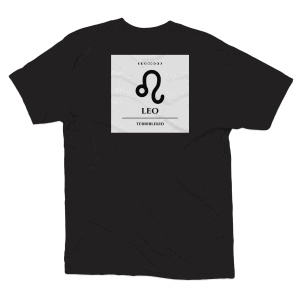
herbs
Laurel
Introduction Bay Laurel, commonly known as Laurel or Bay Leaf, is celebrated not only for its culinary uses but also for its symbolic significance in ancient cultures. It represents victory, wisdom, and protection and is widely used in culinary, medicinal, and spiritual practices.
Astrological Associations
- Zodiac Signs: Bay Laurel is associated with Leo, symbolizing its regal and victorious nature.
- Planetary Connection: Linked to the Sun, enhancing its qualities of leadership, illumination, and success.
Physical Characteristics
- Appearance: Bay Laurel is an evergreen shrub or tree with glossy, aromatic leaves and small yellow flowers, followed by black berries.
- Common Forms: The leaves are most commonly used both fresh and dried. They are used in cooking for their flavor and in traditional remedies and spiritual practices for their medicinal properties.
Properties
- Emotional and Spiritual Benefits: Known to enhance wisdom, promote success, and protect against negative energies. Bay Laurel is often used in rituals to manifest goals and to purify and protect sacred spaces.
- Physical Benefits: Acts as an anti-inflammatory and antiseptic; aids digestion, relieves respiratory conditions, and promotes general health.
Historical and Mythological Usage
- History: Bay Laurel was a symbol of high status and victory in ancient Rome and Greece, where victors and scholars were crowned with wreaths of Laurel.
- Mythology: Associated with prophecy and divination, including the famous oracle at Delphi, where priestesses chewed bay leaves to induce visionary states.
Usage
- Culinary: Integral to Mediterranean cooking, used in soups, stews, and marinades to add depth and flavor.
- Healing and Meditation: Used in essential oil form for aromatherapy to clear the mind and relieve stress; the leaves are burned as incense during spiritual practices to enhance meditation and rituals.
Conclusion Bay Laurel’s enduring legacy as a symbol of achievement and intellect, combined with its health benefits and protective properties, makes it a valuable herb in various domains, linking historical tradition with contemporary use.










